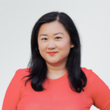Directors cuts: Pure artistry or cynical marketing ploy?
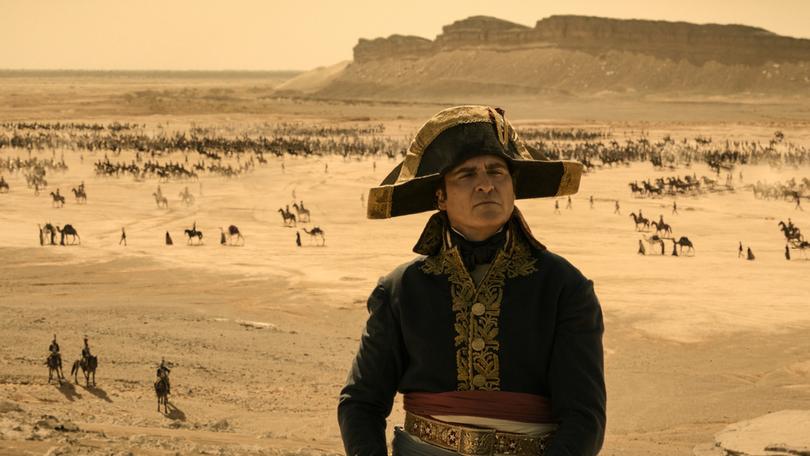
Talk to enough directors and you’ll discover half of them never really finish making their movies.
Even after the edit has been locked, the red carpet has been walked and the reviews have come out, some directors are still mentally recutting their film. An artist’s work is never done.
That’s the best-case scenario as well – the one in which the director has faced minimal studio interference and put out the work they feel best represents their vision of the film they wanted to make.
Sign up to The Nightly's newsletters.
Get the first look at the digital newspaper, curated daily stories and breaking headlines delivered to your inbox.
By continuing you agree to our Terms and Privacy Policy.The disconnect between the artist’s intention and the commercial reality of releasing a movie for a mass audience sometimes results in two – or more – versions of the same film.
One for you, one for me.
It’s not an uncontroversial practice. Some may consider a director’s cut to be a more perfect distillation of the filmmaker’s artistry, something purer. While others see nothing but an indulgent and cynical marketing ploy to make more money.

The history of a director’s cut dates back to 1942 when Charlie Chaplin remade his 1925 silent film masterpiece The Gold Rush. Chaplin added a new score, and a voiceover narration, tightened the edit and removed a minor plot point.
In Chaplin’s case, the new version was born 17 years later because of technological advancements. Turning it into a talkie gave Gold Rush a second life.
Then there are cases such as Francis Ford Coppola’s Apocalypse Now, a notoriously troubled production which had happened, among other things, leading man Martin Sheen’s heartache at the age of 36, which they tried to conceal from the financiers.
In 2001, 22 years after its premiere, Coppola released the Redux version which added almost 40 minutes to push the runtime over three hours. This iteration gave more background and shading to Colonel Kurtz who spent a chunk of time at a plantation in a commentary about colonialism.
But even Coppola now admits that Redux slowed the pacing down and now considers his 2019 Final Cut, which scrubbed 11 minutes off Redux, to be the definitive version of Apocalypse. It was 40 years in the making.
When Richard Donner made the Christopher Reeves Superman movies, he had planned for a two-parter which he was to shoot back-to-back. But by the time cameras rolled on part two, Donner and producers Alexander and Ilya Salkind and Pierre Spengler were clashing big time, reportedly over budget over-runs.
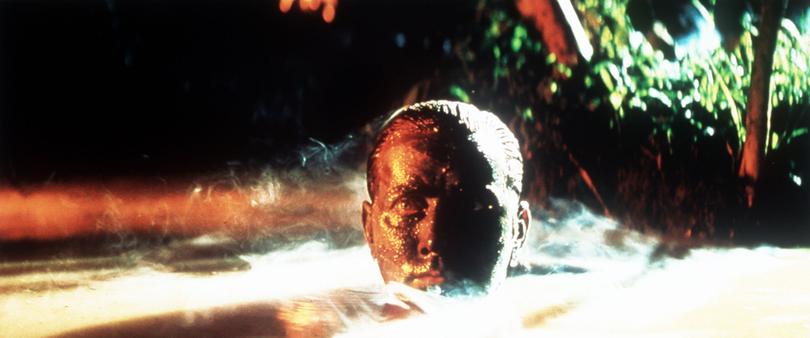
Donner was fired and Richard Lester was brought in to finish the film, Lester was the credited director on Superman II’s release in 1980. It turned out to be a vastly different film from the original intention, especially as Gene Hackman and Marlon Brando refused to continue out of solidarity with Donner. Brando’s character ended up being cut completely.
Twenty-six years later, during production on Bryan Singer’s Superman remake, footage of Brando’s filmed scenes was unearthed and it kicked off a restoration project in which Donner, editor Michael Thau and consultant Tom Mankiewicz worked together to create the Donner Cut, which made significant changes to the theatrical release, which included Brando being added back in.
The Donner Cut, in the eye of fans, was restorative justice, and that’s certainly how Zack Snyder’s fervent devotees framed the SnyderCut of Justice League.
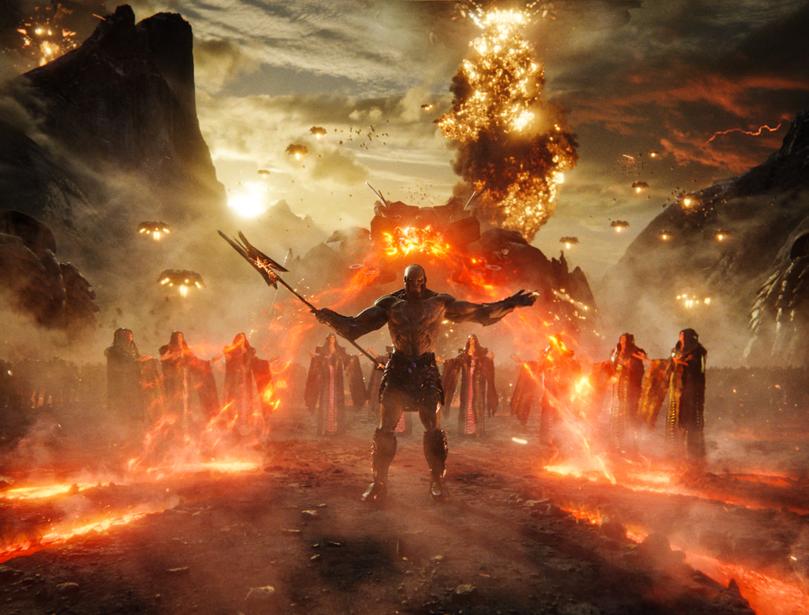
Snyder, who already has a history of director’s cuts having made one for almost every film he’s done, walked away from Justice League midway through production due to a combination of family tragedy and studio pressure after Batman vs Superman was excoriated.
Warner Bros hired Joss Whedon to replace him and Whedon’s injection of snarky humour into Snyder’s grim tone clashed badly and the resulting film was a disaster. Whedon has hit with accusations of abusive behaviour on set.
Immediately, Snyder’s fans (and he has the rabid ones) started agitating for a SnyderCut of Justice League, demanding the property be put back in the right hands. It became a social media phenomenon although a later Rolling Stone investigation found a significant percentage of the hashtags and posts came from troll farms.
Eventually, Warners capitulated – and they had a new streaming platform to launch and was looking for “easy wins” in sign-ups and buzz – and gave Snyder between $US20 million and $US30 million to reshoot and re-edit his version which was released on streaming as a four-hour film.
Like Snyder, Ridley Scott is perhaps the other most frequent user of a director’s cut and famously, his Blade Runner has seven different versions although the most well-known ones are the theatrical version, the director’s cut and the final cut. The final cut is Scott’s version and it has the most of the unicorn dream that is supposed to suggest Deckard is a replicant, even though Harrison Ford disagrees.
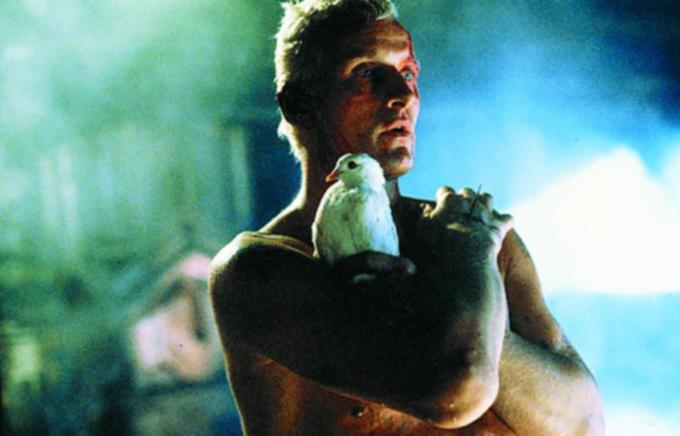
Snyder and Scott also have something else in common, which is that they’ve both just made director’s cuts for movies they have just released, and told the audience beforehand that there would be one forthcoming.
For Snyder, that’s his Rebel Moon movies, a Star Wars rip-off that is most generously described as an aggressive, deadening slog. Not only was it already split into two parts, because Snyder couldn’t possibly tell this story in a reasonable amount of time, but he had already envisioned a more violent version that wasn’t going to fit in with Netflix’s algorithm demand for “family-friendly” two-hour blocks.
If you’ve seen Rebel Moon (poor you), then you know there’s nothing family-friendly about the original release other than that it’s sexless. The two-part director’s cut is six hours and 13 minutes long, suitable for only the most masochistic Snyder fans.
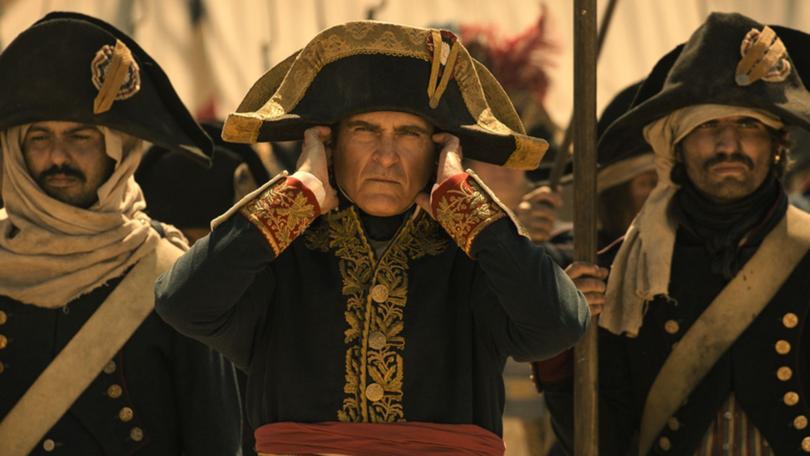
Scott too made a movie for a streaming platform, Apple TV+, but eked out a cinema release for it as well so Napoleon was let out into the world as a two-hour and 45 minutes biopic that was a disjointed collection of epic battles with no connective character tissue to explain what actually drove Napoleon.
At the time of its cinema release, Scott already said he had a four-hour director’s cut in the works. Less than a year later, two weeks ago, Scott unveiled a three-and-a-half-hour director’s cut on streaming that added more backstory to Josephine Bonaparte but still failed to give any real insight into Napoleon.
Director’s cuts have had their value and purpose but when Snyder and Scott flag ahead of time that the “real” version is still to come, then why should anyone waste their time with the original release?
Now, that’s a cynical marketing exercise.
